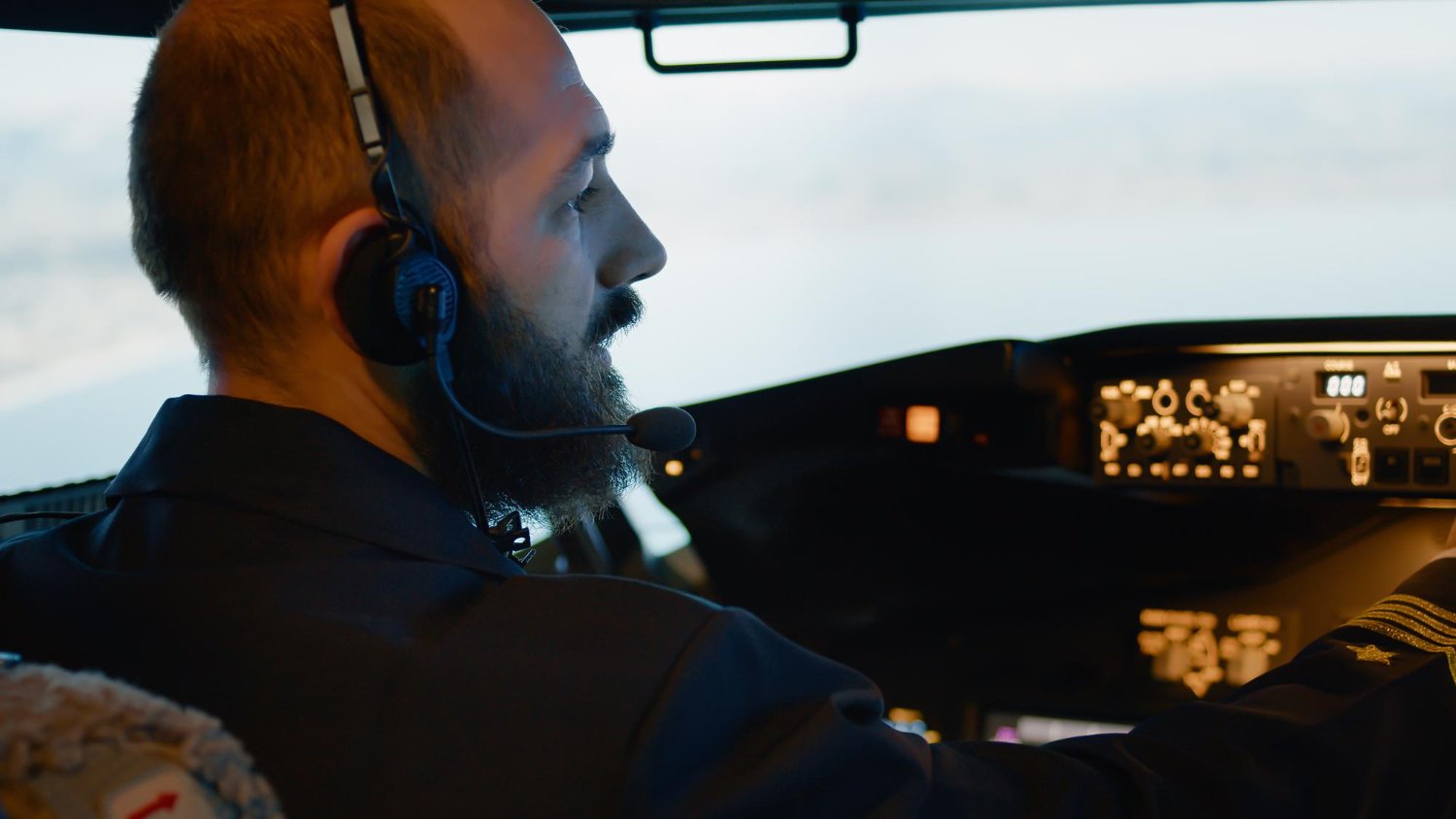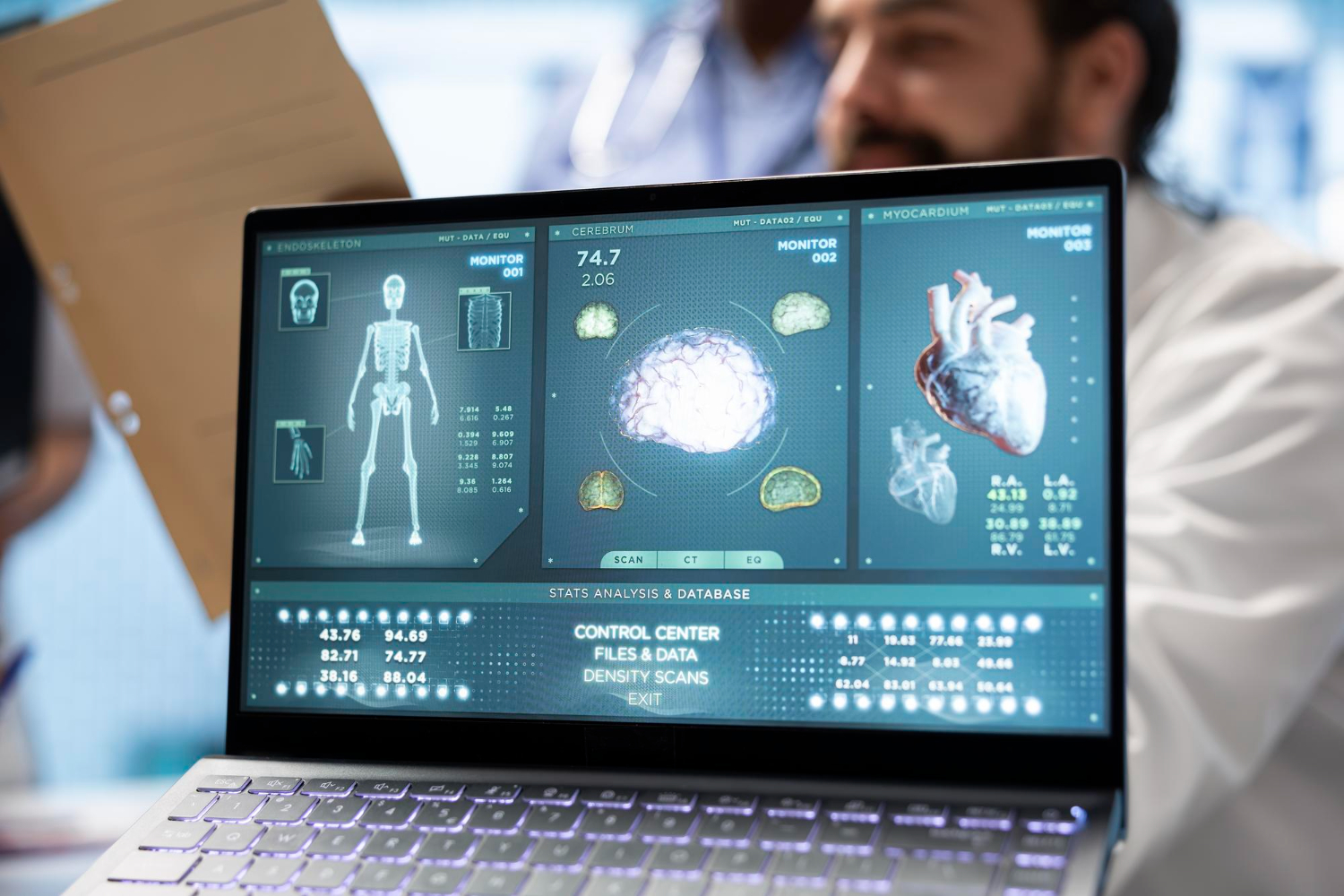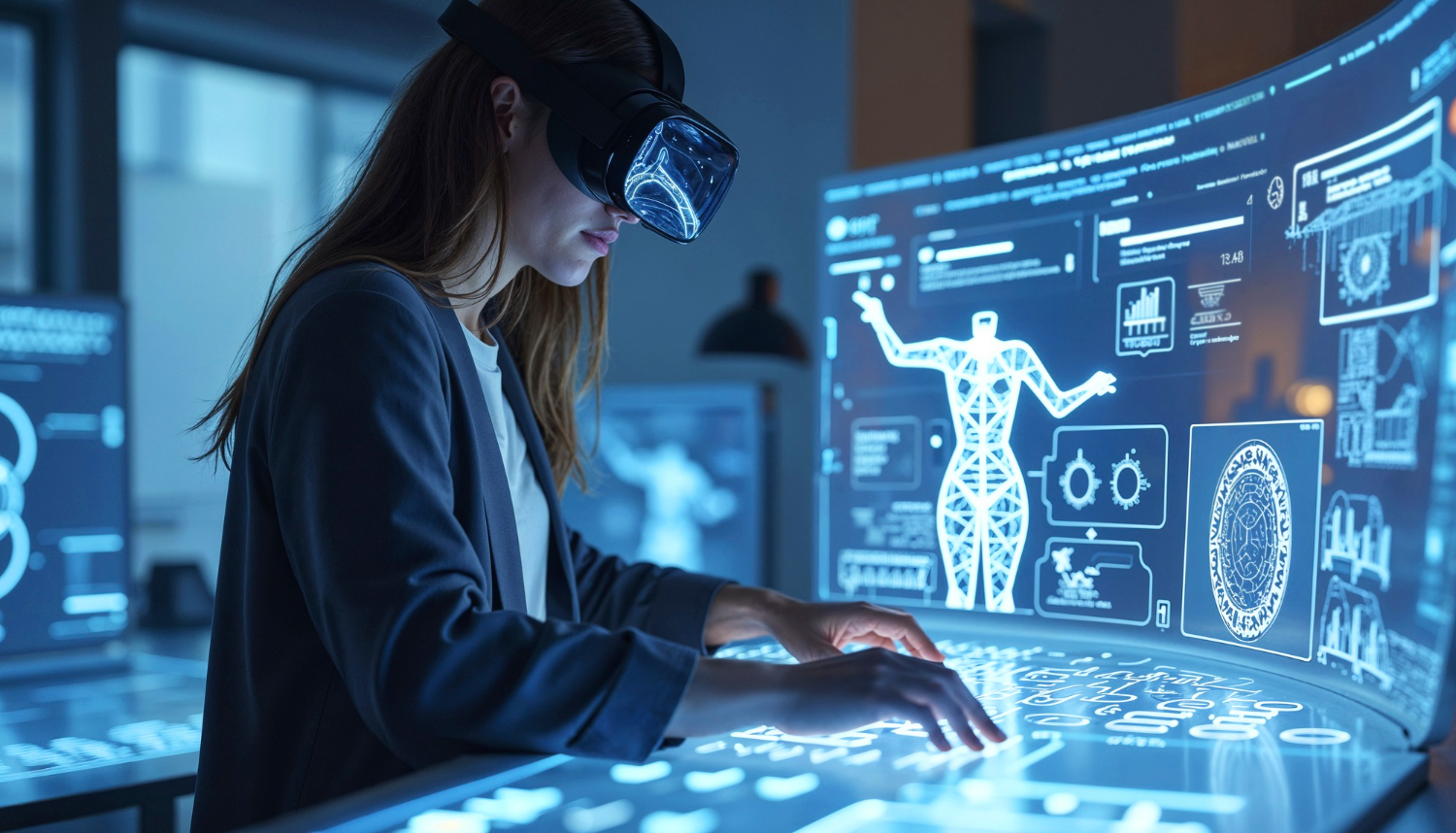Smarter Aviation: AI and Fuel Efficiency
Fuel costs are one of the biggest expenses in aviation. Using less fuel saves money and cuts emissions. Fuel efficiency has become a top goal for airlines. AI now plays a key role in reaching that goal.
Planes burn huge amounts of fuel on every trip. Small changes in how they fly can bring large savings. AI helps find those changes. It works faster than any team of people and adjusts in real time.
In the United States and around the world, airlines use AI to improve fuel economy. Here are five ways it makes a real difference.
1. Smarter Route Planning
One of the best ways to reduce fuel use is by flying shorter or better routes. AI checks real-time weather and air traffic data. It then suggests new routes that use less fuel. This can mean flying a few miles less or avoiding strong headwinds.
AI systems also learn over time. They study past flights and find patterns that people might miss. This helps pilots plan better and save fuel on every trip.
Using smart planning, airlines can improve fuel economy without changing anything on the plane itself. It’s a cost-effective fix that works every day.
2. Efficient Climb and Descent Patterns
The way a plane climbs or descends affects how much fuel it burns. Many pilots use standard methods. But AI finds better ones.
AI tools now assist pilots during take-off and landing. These tools suggest speed, flap settings, and angles for the best fuel use. Even small changes can lead to major savings across many flights.
This also improves passenger comfort and reduces engine wear. Better climb and descent patterns mean less stress on the aircraft, helping long-term maintenance too.
Read more: AI in Aviation: Boosting Flight Safety Standards
3. Real-Time Fuel Monitoring
Planes carry sensors that track fuel flow, temperature, and engine pressure. AI reads this data and alerts the crew if anything seems off. It can tell if the plane is using too much fuel or not performing as it should.
In some systems, AI connects this data to ground teams. They can make quick decisions to adjust flight settings. This keeps fuel use within expected levels.
These systems help reduce fuel waste. They also keep planes running smoothly, which supports safety and fuel economy.
4. Predictive Maintenance and Fuel Use
Poor engine performance leads to higher fuel consumption. Dirty parts, worn systems, or outdated software all reduce fuel efficiency.
AI predicts when a part will fail or needs cleaning. It does this by comparing current sensor data with older flights. If fuel use goes up, the system finds out why.
This means fewer surprises and fewer delays. More importantly, it means engines run at their best. That keeps fuel use low and stable.
By acting early, airlines avoid more serious issues. This approach also helps with emission reductions. Less fuel burnt means less greenhouse gas released.
Read more: AI in Aviation Maintenance: Smarter Skies Ahead
5. Training Tools for Fuel-Smart Pilots
Pilots play a big role in how much fuel a plane uses. AI can train them to fly smarter. Some systems track every action taken in flight. They then give feedback on what saved fuel and what didn’t.
These tools use speech recognition and real flight data. They create detailed reports that help pilots improve.
The United States has seen growth in these tools at major training schools. Pilots learn to reduce fuel use without risking safety or comfort.
AI systems also show how different techniques change fuel economy. This helps pilots stay up to date with the best ways to fly.
Beyond Jet Fuel: A Look at Alternatives
AI also helps airlines test alternative fuels. These fuels produce fewer emissions and can lower costs in the future. AI tracks how they perform under real conditions.
It checks speed, fuel flow, and engine response. It helps teams compare different fuel types and pick the best ones. This supports long-term changes to improve fuel use across the industry.
Alternative fuels can also reduce rolling resistance. That happens when taxis are longer due to traffic or layout. AI finds the best taxi routes to use less energy.
Read more: AI-Powered Computer Vision Enhances Airport Safety
Better Outcomes for Airlines and the Environment
Fuel savings go hand in hand with fewer emissions. The more efficiently a plane runs, the less harm it does to the environment. AI helps in both areas.
It improves flight operations, reduces waste, and cuts costs. It also supports better decisions about when and how to fly.
By using AI, airlines can lower their carbon footprint while saving money. These systems help track miles per gallon, emissions per flight, and total fuel consumption.
In real terms, that means fewer flights burning excess fuel. That means cleaner skies and better business.
How TechnoLynx Can Help
TechnoLynx builds AI tools that support real-world efficiency goals. We work with aviation teams to reduce fuel use, plan smarter routes, and improve aircraft systems.
Our team designs solutions that adapt to the needs of each client. From real-time tracking to pilot training, our tools help cut fuel costs and boost performance.
If you’re looking to reduce fuel consumption or meet greenhouse gas goals, TechnoLynx can support your path. Our experience in AI technologies and aviation makes us a strong partner for building fuel-smart systems.
Let us help you improve fuel economy and prepare for a cleaner, more efficient future.
Image credits: Freepik













